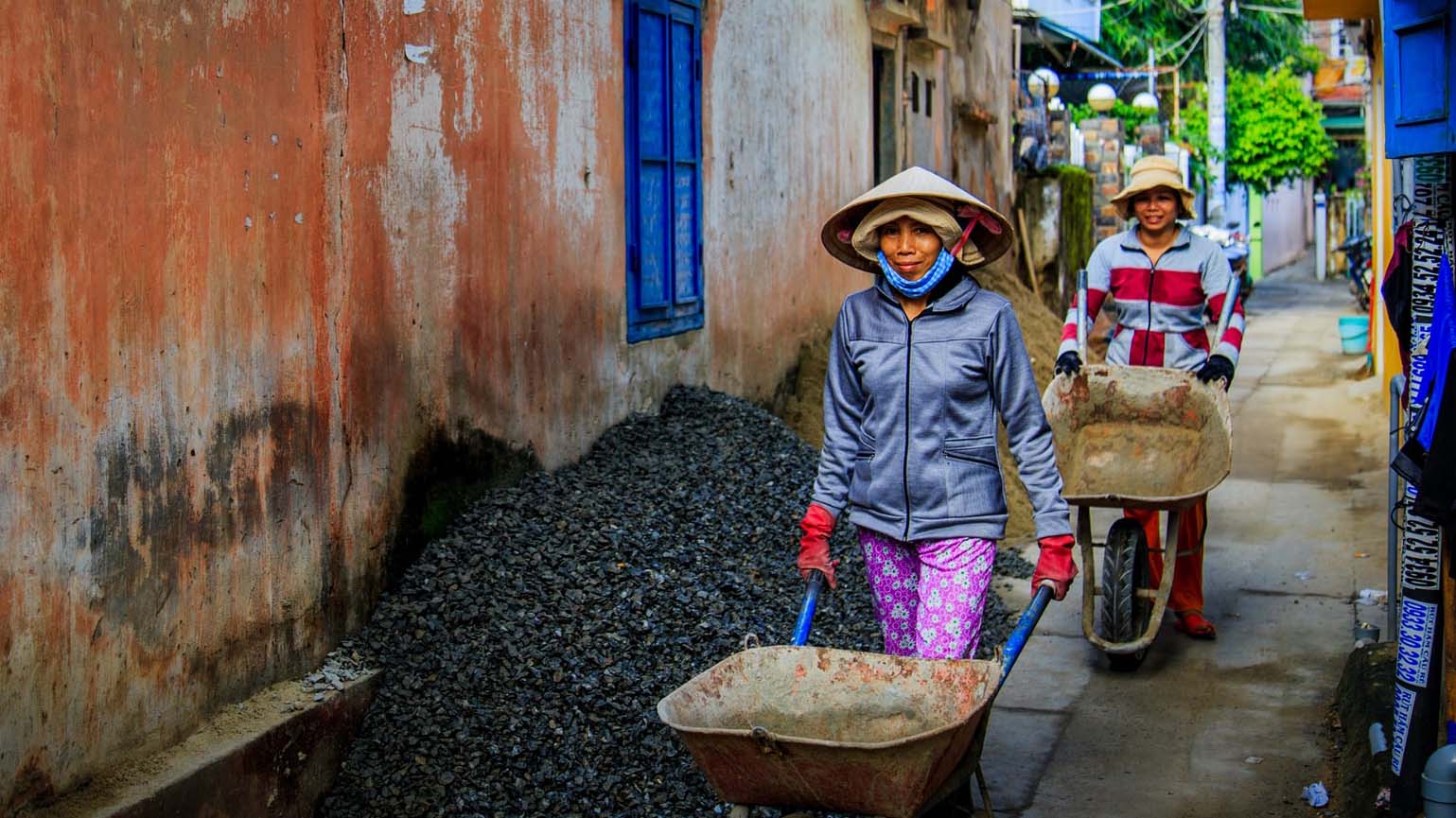50 results found

The report “Making Blended Finance work for the SDGs” supports the OECD DAC blended principles for unlocking commercial finance for SDGs and further sharpens their focus on the deployment of development and commercial finance on the objectives of development.

This paper proposes the adoption of advanced asset management practices that could help water and wastewater utility operators to improve their competitiveness and become more sustainable in operational terms.

In June 2016, under Japanese presidency, G7 Leaders endorsed G7 Ise- Shima Principles for Promoting Quality Infrastructure Investment, which has crystalized as definition of quality infrastructure investment.

G20 finance ministers and central bank governors developed a set of leading practices to promote and prioritize quality infrastructure investment.

The IMF has compiled a suite of analysis, research, diagnostic tools, country reports, data sets, and other resources on the importance of public investment as a catalyst for economic growth.

ChinaRAP is a collaboration between the International Road Assessment Programme and the Research Institute of Highway (RIOH), Ministry of Transport (MoT). Launched in 2008, seed financial support was provided through the World Bank Global Road Safety Facility by Bloomberg Philanthropies and now ten times that amount is now mobilised by the Chinese Government.
The Global Infrastructure Hub (GI Hub) welcomes the G20 Osaka Leaders’ Declaration that was released over the weekend and endorsed the Principles for Quality Infrastructure Investment as the G20’s common strategic direction and high aspiration.
The OECD Recommendation on the Governance of Infrastructure provides practical guidance for efficient, transparent and responsive decision-making processes in infrastructure investment.

Increasingly, infrastructure leaders, investors and developers are recognising the need to not only increase the quantity of infrastructure investment globally to drive economic growth, but also the quality of infrastructure investment, to ensure that that growth and development is inclusive and sustainable.
This paper provides a preliminary assessment of expected benefits of government-backed identification systems for firms across a variety of industries.

The Reference tool is meant to serve as a practical tool to help governments and other stakeholders understand and implement the critical success factors that deliver inclusive infrastructure.

Infrastructure development should demonstrate social outcomes, argues Marie Lam-Frendo, CEO of the Global Infrastructure Hub.
As issues such as energy security, environmental protection and climate change become increasingly prominent, accelerating the development of new energy has become the general consensus and concerted action of the international community in order to promote energy generation transformation and address climate change.
Taiyuan, like most northern cities in China, faces a serious shortage of clean heating and heat sources. Under the double pressure of environmental protection and people's livelihood, the Taiyuan government has adopted a low-cost, low energy consumption, environmental protection, which takes into account environment, peoples? livelihood and safety such as the Gujiao power plant, a long-distance transmission heat supply project using waste disposal heat.
Parties involved (public and private): The investment and construction of the project follows a "1 + 1 + X" model for investment and construction: 1 is the power company, 1 is the local government platform company, X is the social capital, which together forms the formation of multi-party joint platform company
Since the large-scale construction project was started in 1979, the Beijing Natural Gas Utilization System Project’s total investment has exceeded 30 billion RMB
Construct and operate 9 sections of expressway.
The project covers four towns around the county, benefiting 13,300 households and 126,300 people.After the implementation of the project, the average annual water saving is 21.58 million m3, and the water saving rate is 48.6%.
The project includes three subprojects: transfer solid waste to electricity, transfer food leftovers to biogas, transfer food leftovers to biodiesel.

 Back
Back







